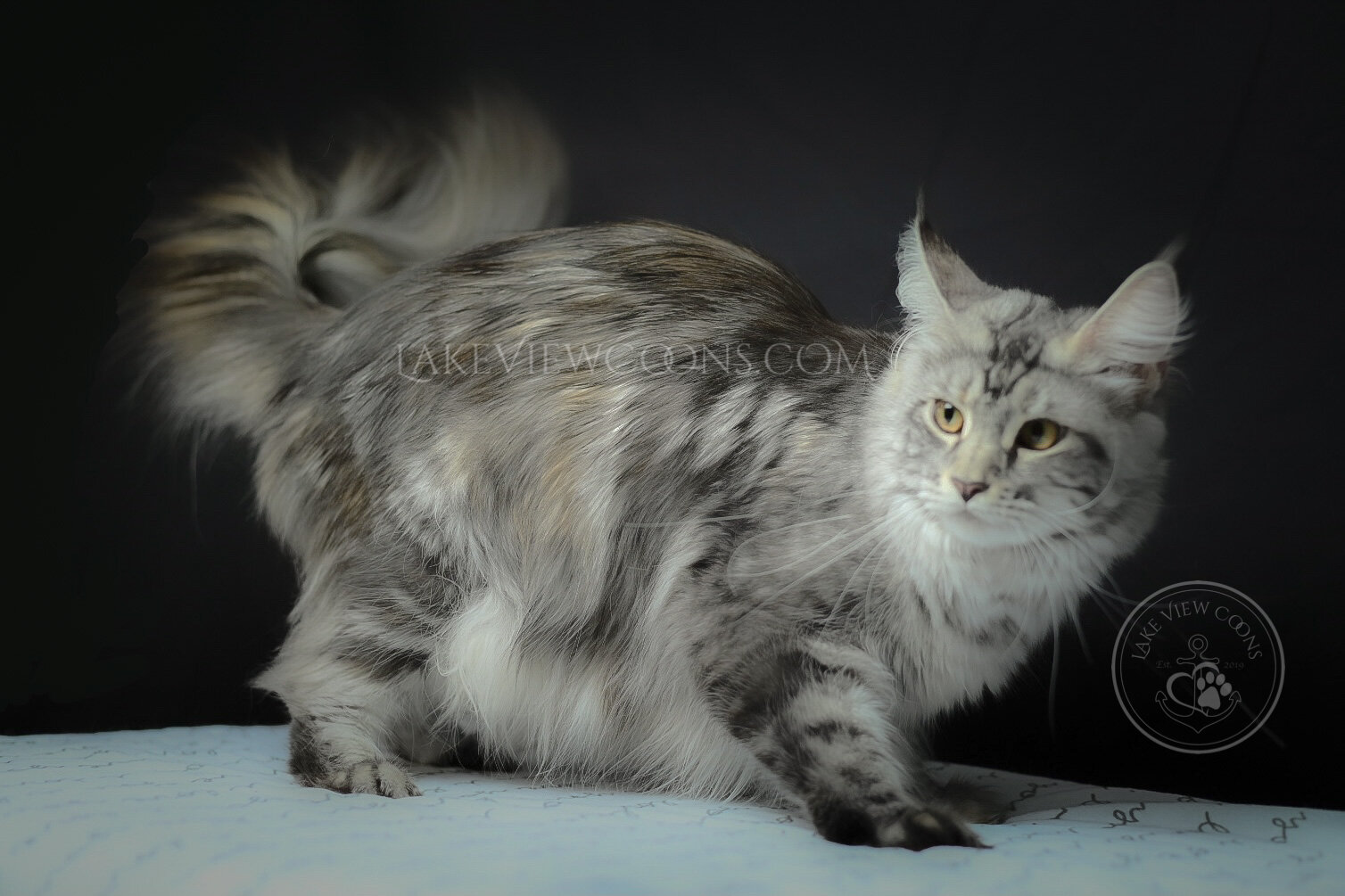We are happy to announce that Setareh’s OFA Advanced Cardiac and Preliminary Hip Dysplasia screening results have finally come back and her profile page of the website has been updated accordingly.
For those unfamiliar with how OFA’s Advanced Cardiac and Hip Dysplasia screening works, let me give a brief overview of what these tests are for and how often we hope to repeat them…
Advanced Cardiac Screening
OFA’s Advanced Cardiac Database results are in a two-tiered clearance for normal cats: congenital cardiac disease and adult-onset cardiac disease. Only echocardiographic examinations performed by a Board Certified Veterinary Cardiologist are accepted. The congenital clearances are considered permanent. The adult-onset clearances are valid for one year from the date of the exam. In order for an adult-onset clearance to remain current, exams are repeated periodically (because HCM tends to be a disease that has a later onset, we plan to repeat these exams at 3 and 5 years of age).
Setareh’s Advanced Cardiac results came back NORMAL: No evidence of congenital or adult onset inheritance heart disease.
Hip Dysplasia Screening
Hip Dysplasia typically develops because of an abnormally developed hip joint, but can also be caused by cartilage damage from a traumatic fracture. With cartilage damage or a hip joint that isn’t formed properly, over time the existing cartilage will lose its thickness and elasticity. This breakdown of the cartilage will eventually result in pain with any joint movement.
No one can predict when or even if a dysplastic pet will start showing clinical signs of lameness due to pain. The severity of the disease can be affected by environmental factors, such as caloric intake (obesity) or level of exercise. There are a number of dysplastic pets with severe arthritis that run, jump, and play as if nothing is wrong and some pets with barely any arthritic x-ray evidence that are severely lame.
Setareh’s OFA preliminary hip grading results came back showing MILD laxity, but NO femoral head/neck remodeling, NO osteoarthritis/degenerative joint disease, and NO shallow acetabula.
To increase the accuracy of a correct diagnosis, OFA recommends to repeat the radiographs after 24 months of age. This allows the radiologist to compare the initial film with the most recent film over a given time period and assess for progressive arthritic changes that would be expected if the cat was truly dysplastic. Most cats with this grade show no change in hip conformation over time and receive a normal hip rating; usually a fair hip phenotype. Because we would like to ensure the mild laxity seen with the preliminary results is NOT progressive in nature, with Setareh we will repeat hip grading, as suggested by OFA, after 24 months of age. If the mild laxity seen with the preliminary results has progressed in any way, we plan to retire Setareh early.
Sources:
https://www.ofa.org/diseases/other-diseases/cardiac-disease
https://www.ofa.org/diseases/hip-dysplasia


